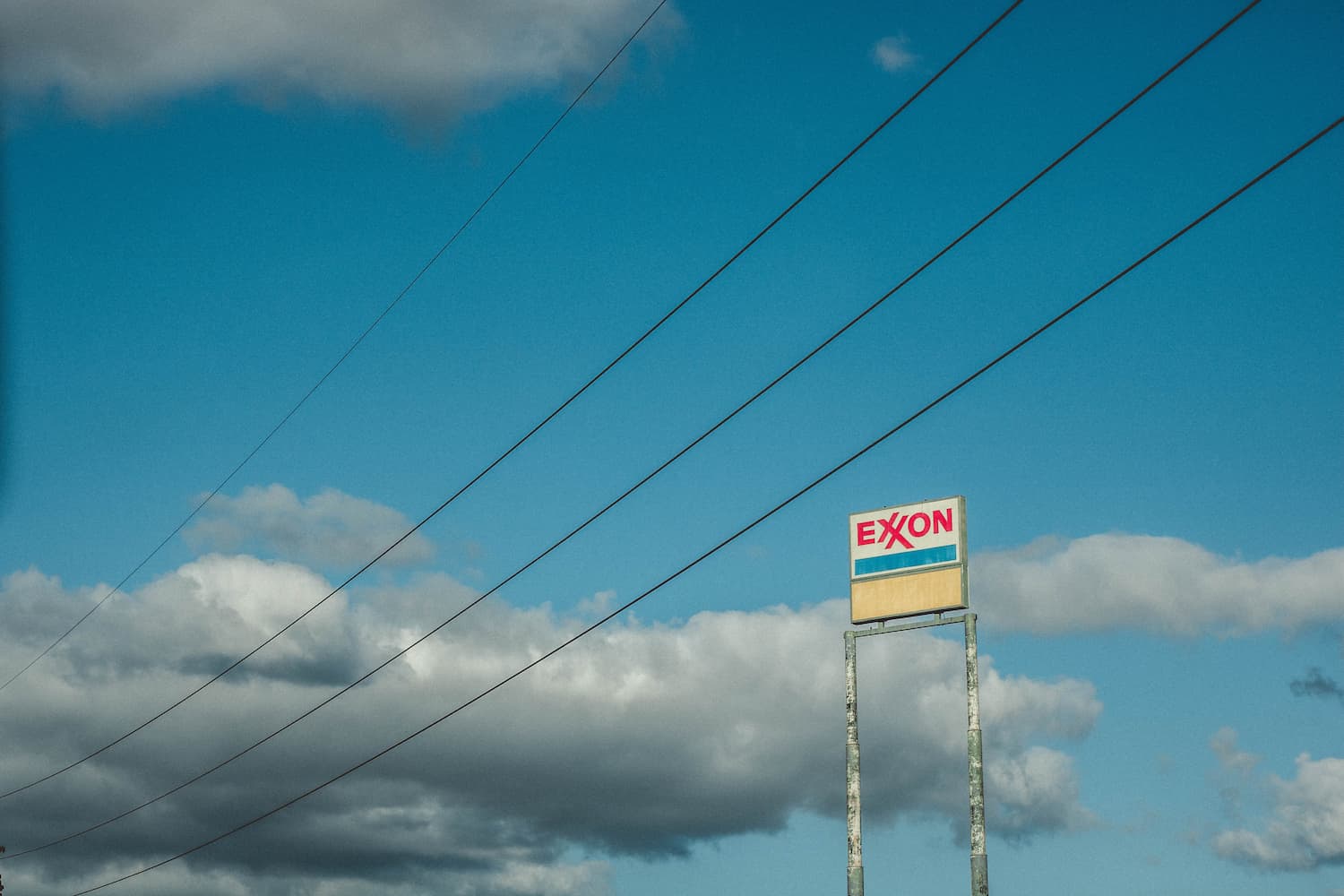.jpg)
(Photo: iStock)
Carbon dioxide storage is emerging as a potential multi-billion-dollar revenue stream for oil giants like Exxon Mobil and Shell, which are under pressure to rein in the unfettered burning of fossil fuels. In Asia, which will emit most this century’s carbon emissions, Indonesia and Malaysia are among the few places where CO2 can be viably stored underground.
A new source of revenue
With ample funds, decades of experience in carbon injection to pump oil extraction, and a growing number of depleted wells available for refilling, oil firms are already vying for dominance in the market.
Darren Woods, CEO of Exxon Mobil, said at a summit in San Francisco last November that the firm has "secured exclusive rights to CO2 storage" in Indonesia and Malaysia. Shell has signed an agreement with Malaysia's state-owned Petronas to explore potential sites. Chevron is studying a project in Indonesia, while TotalEnergies is exploring storage potential in the region.
Meanwhile, Indonesia rushed through a presidential decree in February on possible incentives for CO2 storage operators.
“There’s a race,” said the head of CCUS research for consulting group Rystad Energy, Lein Mann Bergsmark, “More and more oil and gas companies are dedicating efforts to acquire space or rights to store CO2 around the globe.”
For oil firms, the wide deployment of CCS serves as a lifeline, albeit a thin one: It means they could preserve up to 20% of today's oil and gas demand through 2050 without surpassing the global warming levels set in the Paris Agreement. Without it, consumption would need to decrease even more. It also offers a new source of revenue, as companies can rent out storage space.

(Photo: iStock)
Asian big emitters looking for storage sites
There’s a huge gap between the amount of CO2 that will need to be captured and the storage space that’s available for now. Geological constraint is one of the factors. There are two types of underground space suitable for CO2 storage: deep, permeable rock formations known as saline aquifers, and aged, depleted oil and gas wells. However, they don’t exist everywhere.
In Asia, Taiwan, Japan, South Korea, and Singapore are all heavy emitters, but they don’t own the subsoil characteristics to sink enough CO2, meaning they’ll need to export it to elsewhere in the region for burial. Singapore recently appointed Exxon and Shell to help it scope foreign sites.
In the meantime, Indonesia and Malaysia are being views as suitable repositories, a plan the two governments have endorsed so now. The two of course have their own emissions to capture and bury too, a challenge that’s prompted Indonesia to announce that 70% of its potential storage space will be reserved for domestic emissions.
Chris Stavinoha, general manager for CCUS solutions of Chevron, said that “You can think of Korea or Japan as huge markets that are looking for homes for emissions.” The company expects “significant interest” in the limited space available, particularly in southeast Asia.
Oil firms help shape new market rules
Rystad estimates that by 2050, CO2 transport and storage in Southeast Asia could yield approximately $16 billion in annual revenue. However, this projection is contingent upon the region's sequestration capacity, and estimates vary significantly.
Exxon signed an agreement last year with Indonesia’s Pertamina to develop a $2.5 billion storage facility. TotalEnergies is investing about $100 million per year in global CCS development, a figure that may triple by 2030.
To stimulate the market, oil companies are urging governments to expedite permits for storage and to subsidize the development costs of these sites. Exxon, Chevron, Shell, and TotalEnergies have all said that they are working with respective governments to help shape the rules governing the sector.
Indonesia government issued a presidential decree, just days before last month’s general election, offering financial incentives to companies seeking to build storage facilities for imported carbon. The companies will be able to apply for permits that are valid for up to 30 years.
Malaysia, meanwhile, has no clear legislation for importing CO2, said Emry at Petronas, which is planning to develop three storage hubs that would be capable of storing up to 15 million tons of CO2 per year by 2030.
The ministry of economy is conducting a “comprehensive study” on CCUS development, and Malaysia aims to have draft legislation on CO2 imports and storage in the first quarter of 2025, according to a ministry spokesperson. The nation anticipates having more storage space than it needs and renting them out will reduce the need for government subsidies.



